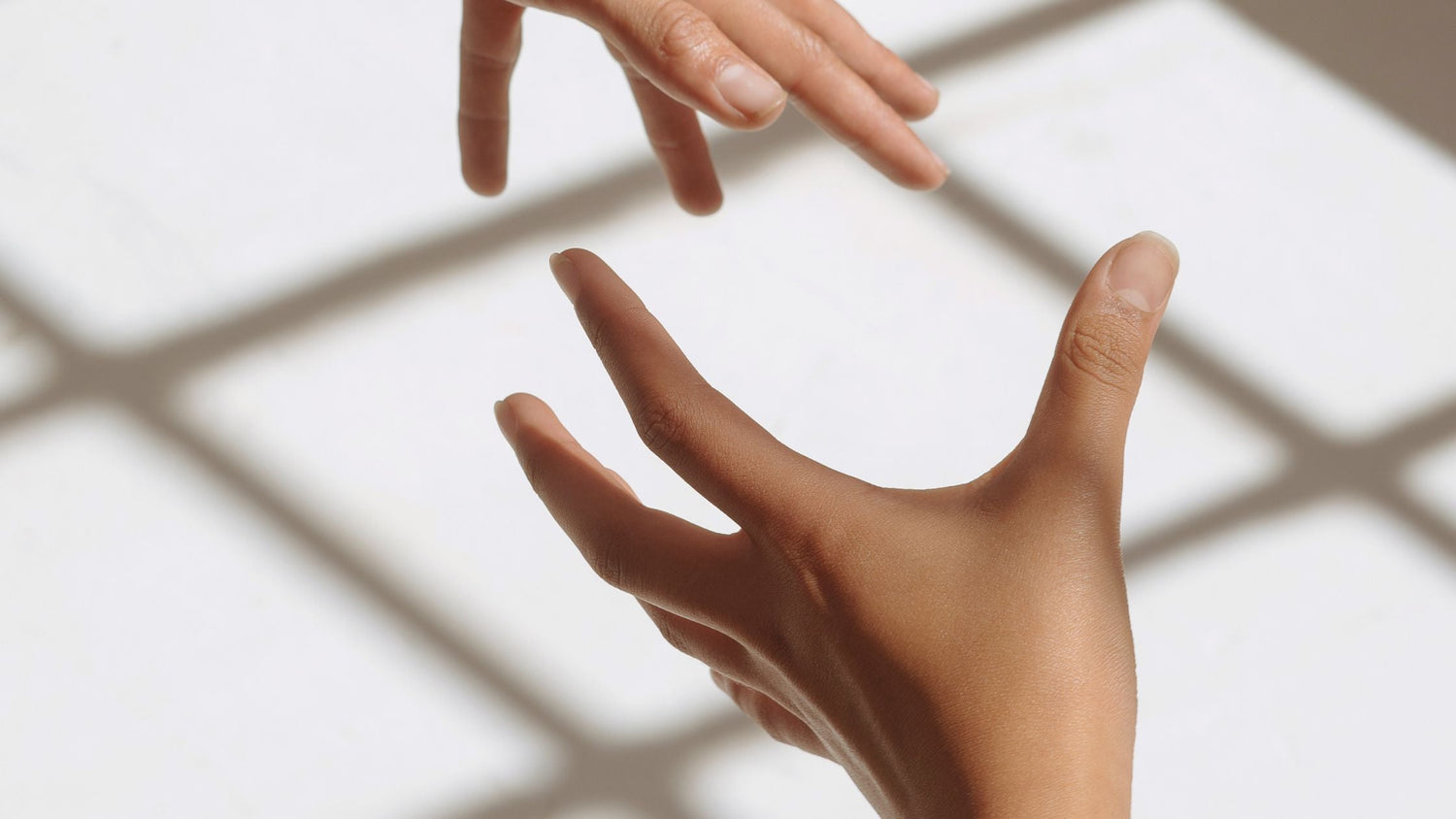Photography is all about capturing the perfect moment—and one of the most important ingredients in this recipe is light. Whether you're snapping a portrait or a scenic landscape, the way you use light can make or break your shot. In this guide, we're going to dive into the secrets of using both natural and artificial lighting to elevate your photos. We’ll cover practical tips, tricks, and even introduce a couple of game-changing products that can help you master the art of lighting!
The Power of Light in Photography
Before we get into the specifics, let’s take a moment to appreciate why light is so crucial in photography. Simply put, light defines everything in a photo: the mood, the depth, and even the story you're trying to tell. A well-lit photo is sharp, vibrant, and full of life, while poor lighting can leave your subject looking flat and uninspiring.
The two main types of light you’ll encounter are natural and artificial, and each has its strengths. Understanding how to harness both will allow you to be flexible in any lighting condition, making you a more versatile photographer.
Natural Light: The Golden Hour and Beyond
Let’s start with the most magical type of light: natural light. Whether you're shooting indoors by a window or outdoors in the great wide open, natural light is your best friend. The beauty of natural light lies in its unpredictability and warmth.
1. Golden Hour: Your Best Friend
The golden hour, which occurs during the first hour after sunrise and the last hour before sunset, is often considered the holy grail of natural light. The sun is lower in the sky, creating a soft, diffused glow that flatters almost every subject. This warm light helps to eliminate harsh shadows and creates a dreamy, ethereal atmosphere in your photos.
Tip: If you’re shooting portraits during golden hour, position your subject so that the light hits their face at an angle. This will create natural highlights and shadows, adding depth and dimension to the photo.
2. Overcast Days: Soft, Even Light
On cloudy days, you might think that the lack of sunshine would hinder your shots, but this actually offers a fantastic opportunity for soft, even lighting. The clouds act as a giant diffuser, spreading light evenly across your scene and reducing harsh contrasts.
Tip: Use overcast days to shoot close-up or macro photography, where even lighting is essential to capture every little detail. The diffused light prevents any part of the subject from being overexposed.
3. Window Light Indoors
If you’re shooting indoors, your best bet is to make use of window light. Set up near a large window, and let the natural light flood in. The key here is to avoid direct sunlight streaming through the window, as it can cause harsh shadows.
Tip: If the light is too harsh, use sheer curtains or white bedsheets to diffuse it. This will soften the light and create a beautiful, flattering effect on your subject.
Artificial Light: The Ultimate Control
While natural light can be beautiful, it’s not always reliable. That’s where artificial lighting comes in. With the right equipment, you can control the intensity, direction, and color of your light to create stunning effects, no matter what time of day it is.
1. Ring Lights: Perfect for Portraits and Selfies
One of the most popular types of artificial lighting for photography is the ring light. These circular lights are often used by influencers and vloggers because they provide a soft, even light that eliminates shadows and highlights the subject’s face. It’s especially useful for close-up shots, such as selfies or portraits.
Tip: When using a ring light, position the light directly in front of your subject to create a beautiful, even glow. If you want to create more dimension, experiment by positioning the light slightly to the side.
Check out the Oldshark Selfie Ring Light, designed to give you the perfect balance of brightness and warmth for your photos. It’s adjustable and portable, making it an excellent choice for both beginners and seasoned photographers.
2. Softboxes: For Studio-Quality Lighting
If you’re looking to replicate professional studio lighting, softboxes are a must-have. These lights diffuse the light through a fabric cover, softening its intensity and reducing harsh shadows. Softboxes are perfect for product photography, portraits, or any shot where you want to achieve a high-quality, well-lit look.
Tip: When using softboxes, position them at a 45-degree angle from your subject to create flattering shadows and highlights.
Combining Natural and Artificial Light for Stunning Effects
One of the best-kept secrets in photography is combining natural and artificial light. This allows you to use the strengths of both types of light to create depth, texture, and dynamic photos.
1. Backlighting with Artificial Fill
Backlighting occurs when the light source is positioned behind your subject, creating a silhouette. While this effect can be stunning, it often results in a dark subject with little detail. To solve this, use artificial fill light, like a softbox or LED panel, to brighten up the front of your subject.
Tip: When backlighting, aim for a soft fill light that matches the tone of your natural light. This will create a seamless look without overpowering the effect of the backlighting.
2. Using Natural Light for Mood and Artificial Light for Control
Natural light can create a specific mood, whether it’s the warm, golden glow of sunset or the cool tones of daylight. Artificial light, on the other hand, gives you full control over intensity and placement. You can use natural light to set the mood and then bring in artificial light to adjust the exposure or highlight specific areas.
Tip: For portraits, use natural light for the soft, ambient glow, and use a ring light or softbox to add highlights to the subject’s face. This combination can create stunning portraits with depth and dimension.
Final Thoughts
Mastering lighting is one of the most powerful skills a photographer can have. Whether you’re working with the soft, flattering light of the golden hour or using artificial lights to control every aspect of your shot, understanding how to use both natural and artificial light will take your photography to the next level.
Experimenting with different lighting setups and techniques will allow you to discover your own unique style. And if you need a little help along the way, tools like Oldshark’s Selfie Ring Light can make all the difference in achieving professional-quality results.
So go ahead—get creative with your lighting, and let the magic happen!

